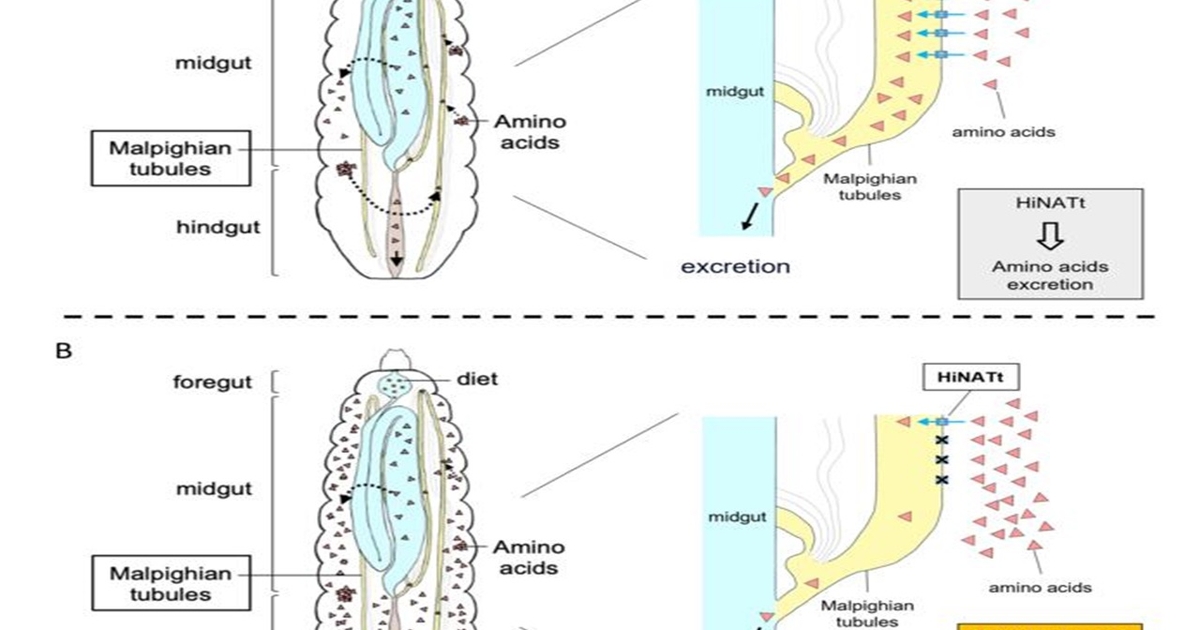
A rapid increase in the global population has many concerned about a potential “protein crisis,” where the supply of protein will be unable to meet rising demand. Fishmeal is the most common protein source that supports the production of livestock and aquaculture products, which are key protein sources for human consumption. However, global shortage of fishmeal and its rising prices have created an urgent need to find and secure an alternative protein source. Insects are gaining attention as novel protein sources due to their rich protein content and requires less water and space for their growth. The black soldier fly (Hermetia illucens, BSF) is one of the most promising insects for producing protein for animal feed, as its larvae can convert various organic wastes into high-quality protein. However, protein derived from BSF larvae has lower levels of some essential amino acids (AAs), such as histidine and methionine when compared to fishmeal, which can affect the growth performance of certain fish.
A research team from the National Agriculture and Food Research Organization (NARO) and the University of Tokyo has successfully enhanced these essential AAs in BSF larvae through biotechnological approaches. In most insects, AAs are obtained from food, and any excess is excreted. By suppressing the expression of the HiNATt gene, which is responsible for AA excretion, the total amount of AAs retained in the BSF larvae increased by 1.8 times, with histidine and methionine levels boosted by over 2.5 times. This research was published in the Journal of Insects as Food and Feed on November 1.
These findings demonstrate the possibility of manipulating AA levels in BSF larvae without changing their diet, significantly enhancing the nutritional and economic value of BSF larvae as an alternative protein source. This development is expected to contribute to a stable food supply and promote sustainable food production.
Dr. Chia-Ming Liu, the corresponding author of this article, remarked, “Research on the transport of nutritional AAs in the digestive and excretory systems has lagged behind, as it has garnered less attention compared to neurotransmitters. However, our findings suggest that more resources should be dedicated for the research of nutritional AA allocation. The findings will be applied to develop highly valuable BSF strains with tailored AA profiles for on-demand animal feed. Our research group is also working on breeding superior BSF strains and improving rearing techniques supported by the Cabinet Office, Government of Japan, Moonshot Research and Development Program for Agriculture, Forestry, and Fisheries.
